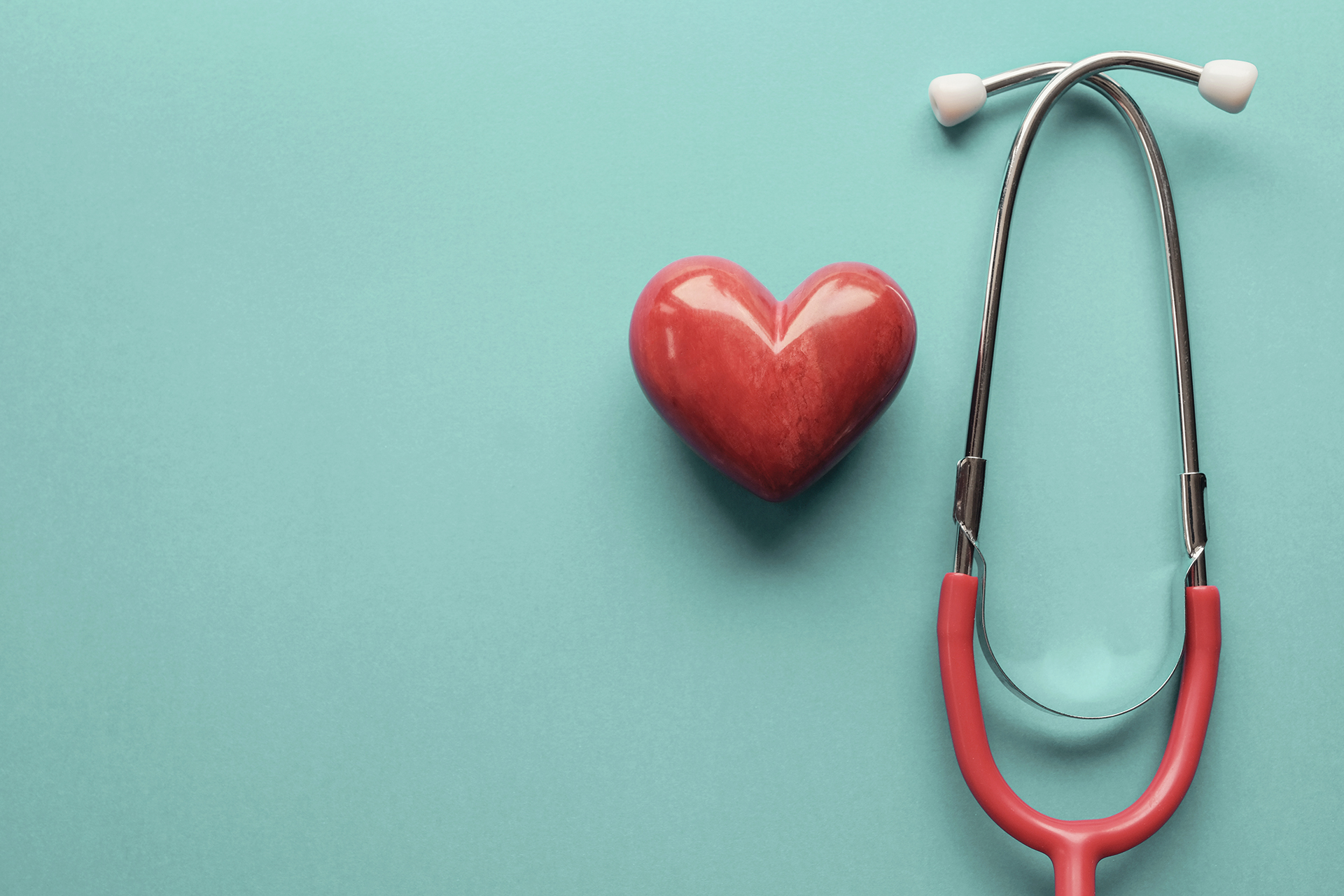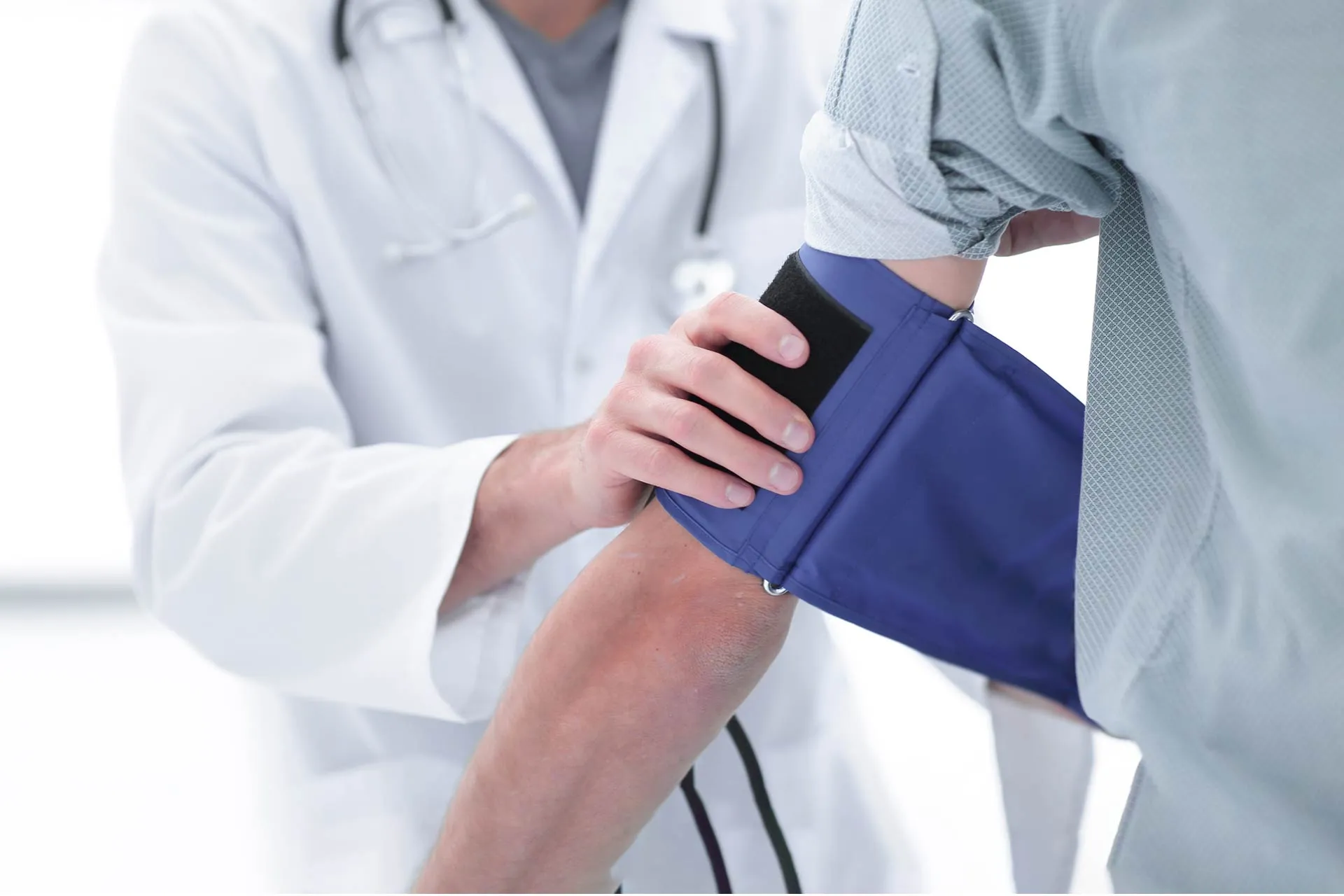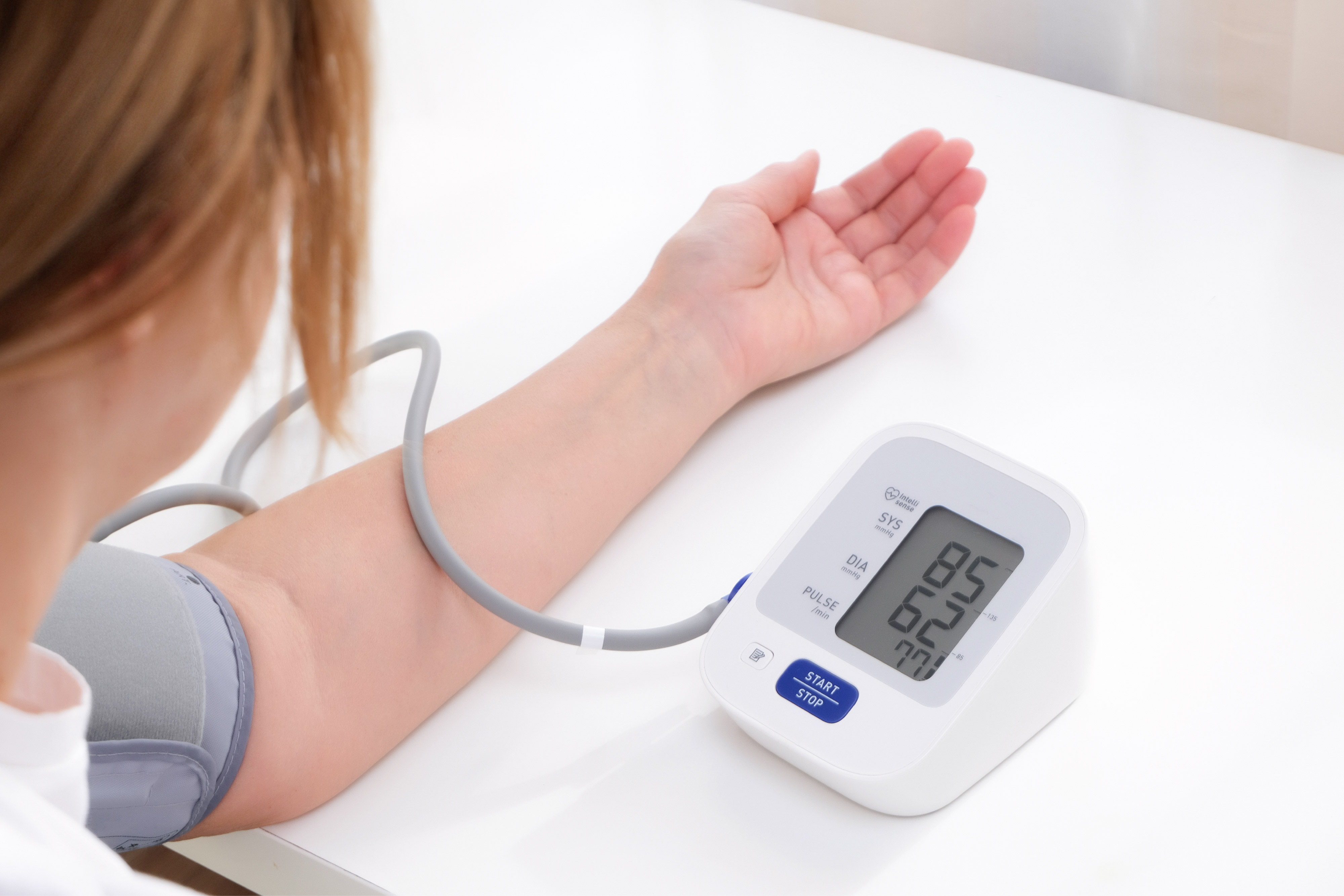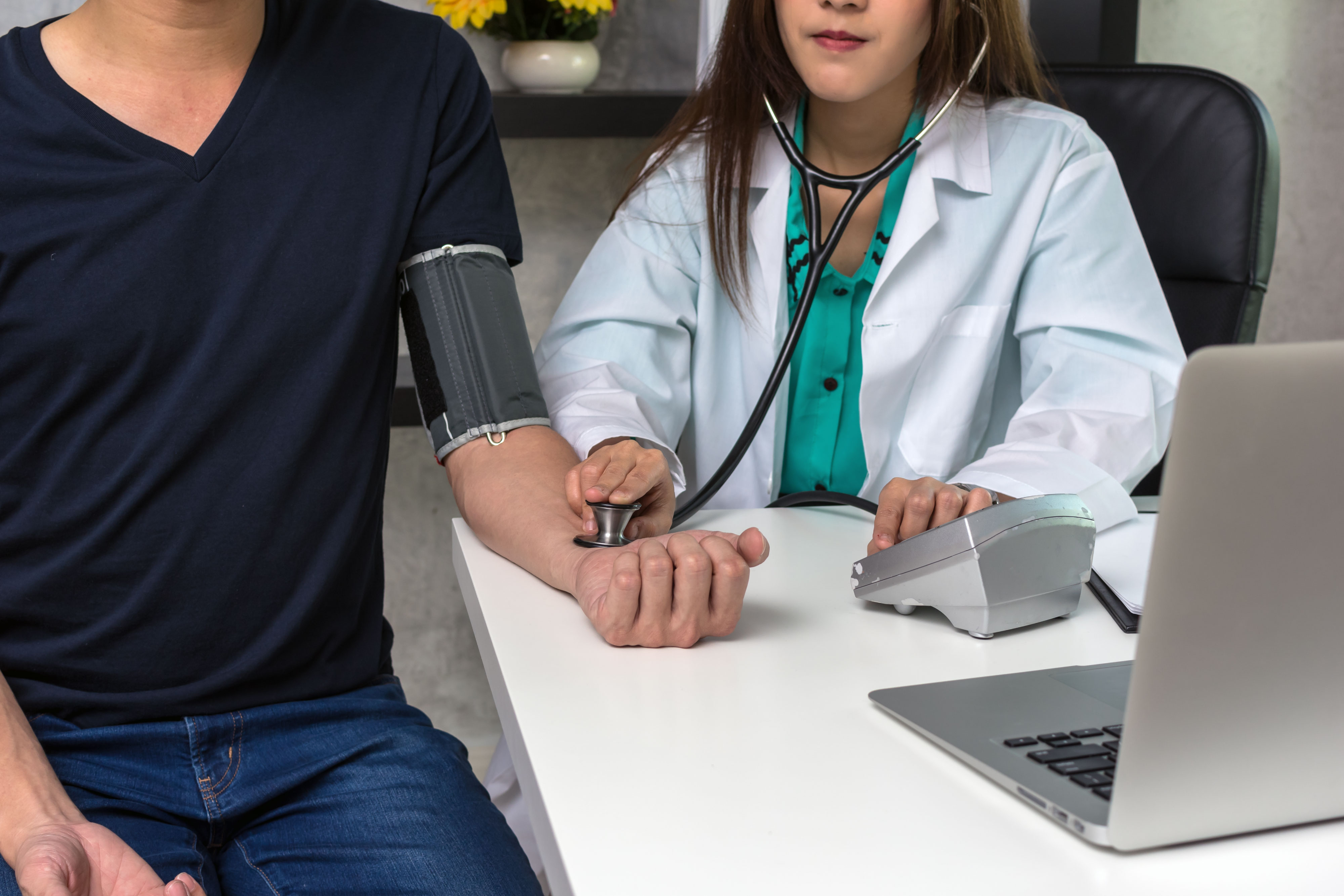Hypertension | 8 min read
High Blood Pressure (Hypertension): Causes, Symptoms, and Treatments
Medically reviewed by
Table of Content
Key Takeaways
- While blood pressure is necessary for various functions, high BP isn’t ideal
- Hypertension is a silent illness and can result in strokes and heart conditions
- Eating right, exercising and managing stress help prevent and control high BP
In the simplest terms, blood pressure is what causes blood to circulate throughout your body. In the absence of blood pressure, nutrients, white blood cells, oxygen and antibodies wouldn’t be delivered to various organs in the manner in which they are supposed to. You are said to have hypertension when your blood pressure levels increase drastically because your heart is facing resistance as it pumps.
This is usually an outcome of narrowing arteries. The narrower your arteries are, the higher your blood pressure is likely to be. Normal blood pressure is said to be 120mm Hg systolic and 80mm Hg diastolic. You’re said to have stage I hypertension if this reading is 130–139mm Hg systolic and 80–89mm Hg diastolic, and stage II hypertension if it is 140mm Hg systolic or higher and 90mm Hg diastolic or higher.
When it goes untreated, it is possible that hypertension causes arterial damage, memory and brain function issues, blood clots, aneurysms, kidney diseases and most importantly—strokes, heart attacks and heart failure. Therefore, it is imperative that you know all about the illness, from hypertension symptoms to management strategies. When you’re armed with all the information, you can tackle hypertension effectively.
What is Hypertension (High Blood Pressure)
High blood pressure (hypertension) is a health condition common in adults where the force with which blood passes through the arteries increases significantly. Simply put, it is the amount of blood your heart pumps out and the resistance to the blood flow in the arteries.
This is determined with two numeric readings given in millimeters of mercury (mm Hg). This reading is separated by a slash (/) where the first number is called the systolic blood pressure, and the second is referred to as diastolic blood pressure. While the first shows the pressure exerted in your arteries when your heart pumps the blood out for circulation, the latter measures the pressure exerted on the arteries when the heart relaxes.
Normal blood pressure for an adult is less than 120/80 mm Hg. However, your blood pressure changes according to the types of activities you do throughout the day. Check your blood pressure consistently to watch out for high blood pressure, and if you have hypertension symptoms, go for a thorough checkup.
Medications for colds, pain relievers, a few prescription drugs, and birth control pills can increase blood pressure temporarily. As there are no such high bp symptoms associated with secondary hypertension, it is better to go for a regular checkup once in a while to know your blood pressure levels.
Types of Hypertension
Before you can delve into hypertension symptoms, learn about the two types of hypertension.
Primary Hypertension:
This the type of hypertension that most people suffer from. Primary hypertension causes include one’s genes and lifestyle markers such as extreme inactivity and poor diet. Both of these can lead to obesity, increasing your risk of hypertension.
Secondary Hypertension:
This variant of high blood pressure is caused or triggered by other illnesses. It usually gets better after the root condition has been treated. In some cases, it may also be a side effect of the medication that you’re taking. Thyroid problems, adrenal gland problems, endocrine tumors, kidney diseases, and obstructive sleep aponia are all secondary hypertension causes.
Additional Read: High Blood Pressure Treatment At HomeHypertension Symptoms
Unfortunately, high blood pressure is a group of illnesses that don’t present physical symptoms. High blood pressure symptoms may show up only when the condition becomes extremely severe, after years or decades. Even then, the high blood pressure symptoms are generic enough to be confused with those of other illnesses.
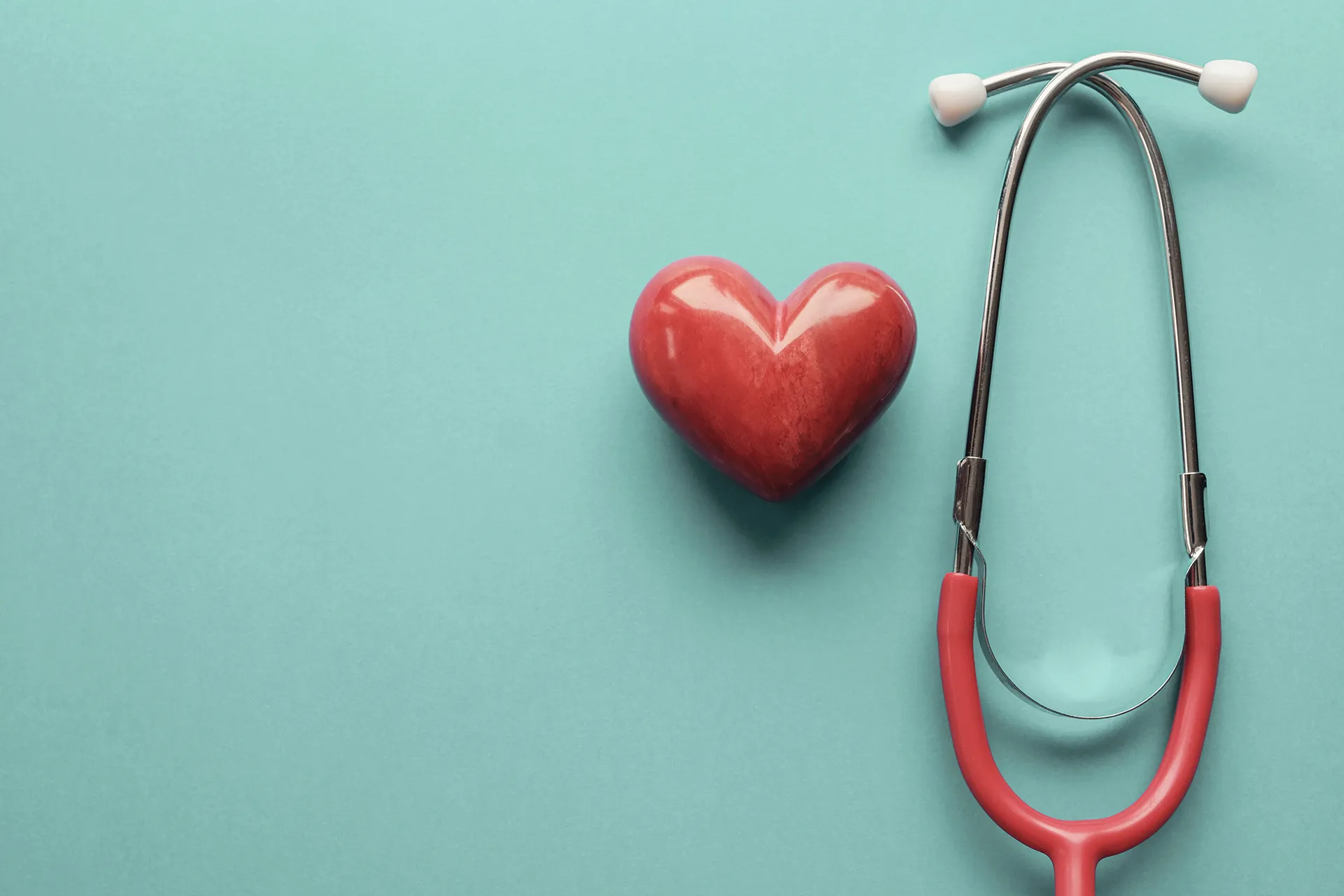
Common Extreme Hypertension Symptoms Include:
- Nose bleeds
- Headaches
- Chest pain
- Blood in urine
- Shortness of breath
- Vomiting and/or nausea
- Palpitations
- Dizziness
- Blurry vision
Should you notice any of these extreme signs of high blood pressure, consult with a doctor as soon as possible.
What Causes Hypertension?
The cause of high blood pressure is uncertain, but some factors can alter and lead to blood pressure issues. To understand this better, the blood pressure types are divided into two major types. These are primary hypertension and secondary hypertension.
Primary hypertension is a high blood pressure condition that develops over time. This is a common type that develops with a combination of factors such as:
- Age: People aged 65 or above are at high risk
- Genes: A family history of high blood pressure may make you more prone to the condition
- Physical inactivity: Lower fitness levels are related to hypertension as they lead to irregular flow of blood
- High level of sodium intake: High sodium intake affects your blood flow associated with hypertension.
There are certain medical conditions and lifestyle disorders that may lead to hypertension. This type of hypertension is known as secondary hypertension. Here, the common causes include:
- Stress
- Smoking
- Kidney disease
- Adrenal or thyroid disorders
- Concentration of aorta
- Diabetes complications
- Sleep apnea
- Obesity
- High alcohol intake
- Pregnancy
- Cushing syndrome
Hypertension Diagnosis
As you now know, hypertension symptoms are next to non-existent. Therefore, it’s important that you get your blood pressure checked by your doctor. Typically, your doctor will check this at every appointment, but if you haven’t visited him/her in a year, it’s a good idea to book an appointment just for a check-up.
You won’t be diagnosed with high blood pressure with one isolated high blood pressure reading. The doctor will require a series of high readings to confirm that you indeed suffer from hypertension. This is because a lot of people feel anxious at a hospital or at a doctor’s clinic, and this may contribute to a one-off high reading.
Once the doctor has established that your BP readings are high, he/she may order diagnostic tests to rule out medical conditions that could give rise to hypertension, or complications that may arise. This list includes a blood test, urine test, ultrasound, stress test or EKG.
Hypertension Prevention
The good news is that high blood pressure can be prevented and even managed significantly through lifestyle changes. Here are 3 simple things that you can try.
1. Exercise Regularly
Obesity is linked to hypertension in two ways. It directly increases your blood pressure, and it can also cause sleep aponia, which in turn results in secondary hypertension. So, exercise regularly to bring your weight under control. Even if your weight isn’t a concern, often exercise as it trains your heart to become stronger and pump blood more effortlessly over a period of time. As per a 2014 review, aerobic exercise, walking 10,000 steps a day, HIIT workouts, and resistance training all help lower blood pressure.
2. Lower Intake of Salt
A diet that is rich in salt hardens blood vessels, makes them narrower, and over time results in high blood pressure. Therefore, it’s important that you monitor your salt intake and completely eliminate processed, packaged, and canned foods that are notoriously high in salt.
3. Quit Smoking and Control Stress
If you’re a long-term smoker, know that the chemicals present in tobacco damage your blood vessels and constrict arteries. This results in high blood pressure. So, quit smoking and also focus on controlling stress, which is another contributing factor. Do what soothes you, be it listening to music, reading a book, exercising, meditating or practicing an art form or sport.
Additional Read: All you need to know about Hypertension
Hypertension Treatment
1. Primary Hypertension Treatment Options:
Post diagnosis of primary hypertension, your doctor may suggest lifestyle changes to reduce high blood pressure symptoms and levels. They may also prescribe medications if such changes do not show much improvement. Here are the common lifestyle changes suggested by doctors:
- Following a health diet and eating a consuming amount of salt
- Maintaining an exercise routine to control your weight
- Avoiding tobacco and limiting alcohol
2. Medications
Doctors may prescribe you a few medications and check which combination can work best for you to reduce high blood pressure symptoms. Take a look at the medications usually prescribed and their functions:
- Diuretics: Removes excess sodium in your body that tones down the extra fluid in your blood, eventually lowering your blood pressure.
- Beta-blockers: Slows down your heartbeat to lower the force of pumping out blood through your arteries. It also blocks a few hormones that can possibly increase your blood pressure.
- Calcium channel blockers: Blocking calcium from entering your heart muscles can lower your blood pressure by maintaining less forceful heartbeats.
- Angiotensin II receptor blockers (ARBs): The chemical angiotensin tightens the blood vessels that can increase your blood pressure. Blocking the chemical can relax the blood vessels and promote proper blood flow.
- ACE inhibitors: Angiotensin-converting enzyme (ACE) inhibitors are medications that inhibit the production of angiotensin-II, a compound that blocks blood vessels and increases blood pressure. These medications reduce blood pressure by relaxing the blood vessels.
- Alpha-2-agonists: These medications influence a few nerve impulses, which relax the blood vessels and lower blood pressure.
If you present extreme signs of high blood pressure, the doctor will treat your hypertension symptoms first. Otherwise, treatment depends on the type of high blood pressure that you have.
For primary hypertension, first line of treatment usually involves lifestyle changes. If these don’t offer much improvement or if their effect plateaus, doctors may turn to medication. In the case of secondary hypertension, treatment is typically focused on the underlying condition. When high blood pressure persists after the root cause has been treated, doctors will recommend lifestyle changes first, and then medication.
The National Family Health Survey in 2017 found that this illness affects more than 207 million Indians. In fact, it is one of the primary hypertension causes of premature deaths in India. Since watching out for high blood pressure symptoms is an ineffective way of addressing hypertension, ensure that you get your blood pressure checked by a doctor at least once a year. Use Bajaj Finserv Health to find a qualified specialist who can offer excellent healthcare. Book online or in-person consultations, enjoy discounts from hospitals and clinics and get medicine reminders.
References
- https://www.nature.com/articles/1001057
- https://www.ncbi.nlm.nih.gov/pmc/articles/PMC3901083/
Disclaimer
Please note that this article is solely meant for informational purposes and Bajaj Finserv Health Limited (“BFHL”) does not shoulder any responsibility of the views/advice/information expressed/given by the writer/reviewer/originator. This article should not be considered as a substitute for any medical advice, diagnosis or treatment. Always consult with your trusted physician/qualified healthcare professional to evaluate your medical condition. The above article has been reviewed by a qualified doctor and BFHL is not responsible for any damages for any information or services provided by any third party.
